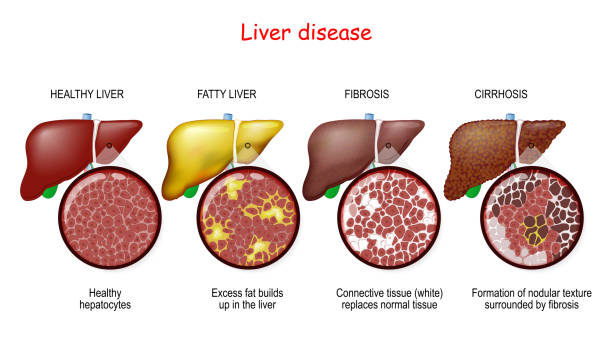Finger prick on track to become Alzheimer’s test
A quick finger prick and a few drops of blood on a card that can be sent in regular mail. This approach could soon make Alzheimer’s testing much more accessible worldwide.
A European study led by researchers at the University of Gothenburg, Sweden, is paving the way for this method.
The biomarkers measured in this test have been developed over a long period and have shown strong performance – initially in cerebrospinal fluid, then in venous blood samples, and now in blood from superficial vessels in the finger.
The new test involves collecting one or two drops of blood from a finger prick onto a special card, which immediately separates blood cells from the plasma. After approximately 15 minutes, once the card has dried, it is sent by regular mail to a laboratory, where modern high-sensitivity techniques are used to analyze it.
As effective as venous blood sampling
The current study includes capillary blood samples from 203 people who underwent the finger prick test at one of five memory clinics in Europe. The simple test kit was then mailed to the neurochemistry department at the University of Gothenburg, where established biomarkers for Alzheimer’s, such as pTau217, were analyzed.
The results were presented at the CTAD (Clinical Trials on Alzheimer’s Disease) conference in Madrid, Spain, on October 30, 2024, by Hanna Huber, a researcher at the University of Gothenburg’s Sahlgrenska Academy:
“The simple capillary blood test works almost as well as venous samples, but unlike traditional blood tests, this new test does not require transport on dry ice. This could significantly increase accessibility to Alzheimer’s testing in countries and regions lacking the infrastructure needed for high-sensitivity analyses,” says Hanna Huber.
The test could potentially be implemented within a few years. A new European study is already underway to examine whether the test can be self-administered, allowing individuals to prick their own finger and mail the sample to a lab without the need for healthcare personnel.
Early detection
The test comes at a fitting time alongside the development of Alzheimer’s treatments, with the drug lecanemab already approved in numerous countries outside the EU. These treatments require early disease detection to be effective.
The test opens up possibilities for new research breakthroughs on Alzheimer’s disease, including its genetic profile and its prevalence across global populations. However, researchers emphasize that the test is not intended for general screening of the population. The World Health Organization (WHO) currently advises against general screening for Alzheimer’s disease, as treatment options have historically been limited, making such screening ethically unsubstantiated.
The study utilizes the blood collection cards Capitainer®SEP10 and Telimmune.
Full bibliographic information
Published on 18/11/2024 by University of Gothenburg
About: Diagnostic performance of capillary pTau217 in Alzheimer’s disease: The Drop-AD project
Authors: Hanna Huber, Laia Montoliu-Gaya, Wagner S. Brum, Jakub Vávra, Yara Yakoub, Haley Weninger, Silke Kern, Barbara Borroni, Anne Corbett, Oskar Hansson, Xavier Morató, Henrik Zetterberg, Kaj Blennow, Nicholas J. Ashton.
Abstract: https://guse.sharefile.eu/public/share/web-sc342373b87ea48ec83e6d55e2ba5997e
Article: https://www.gu.se/en/news/finger-prick-on-track-to-become-alzheimers-test
CTAD Congress (October 29 – November 1, 2024)





